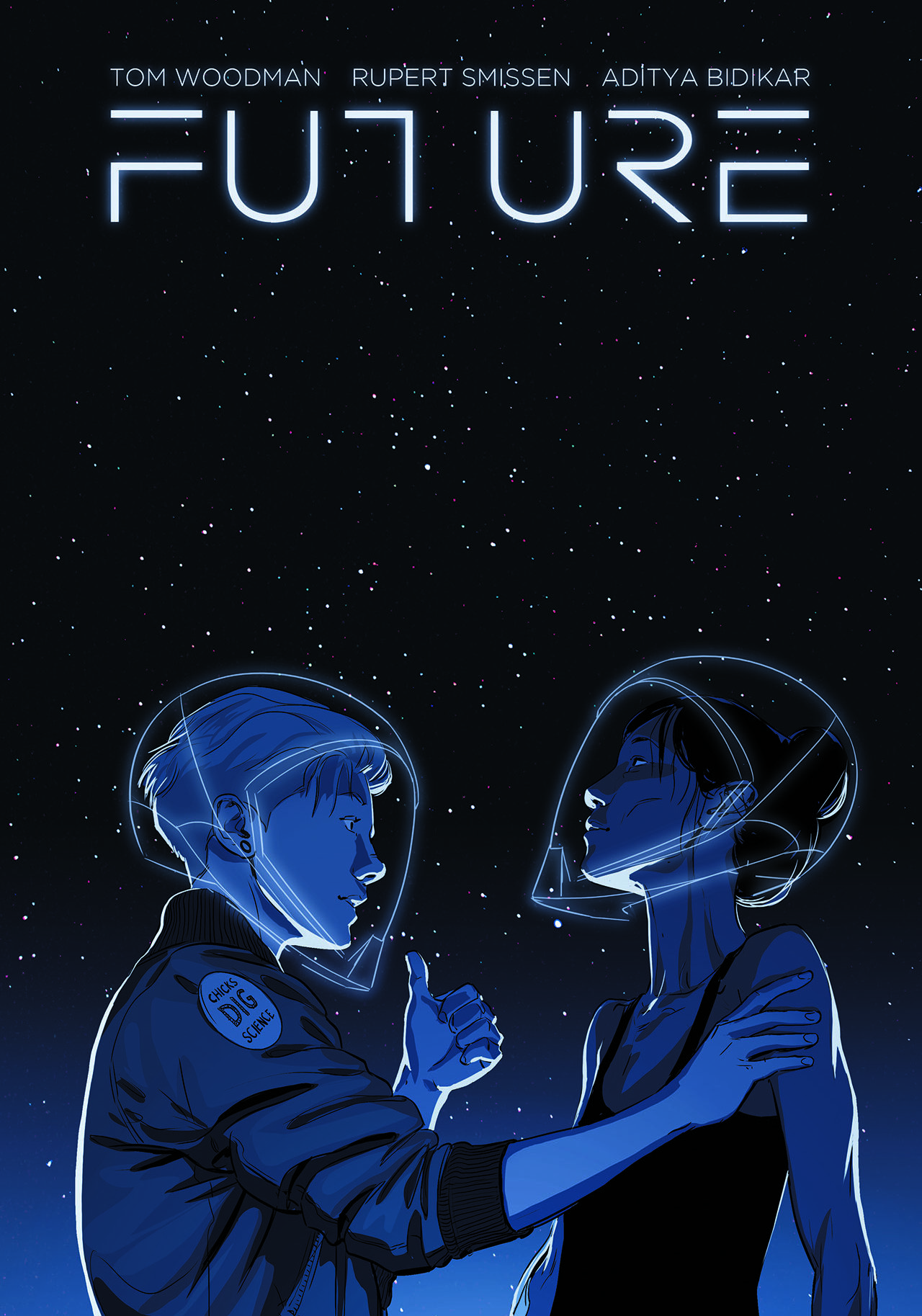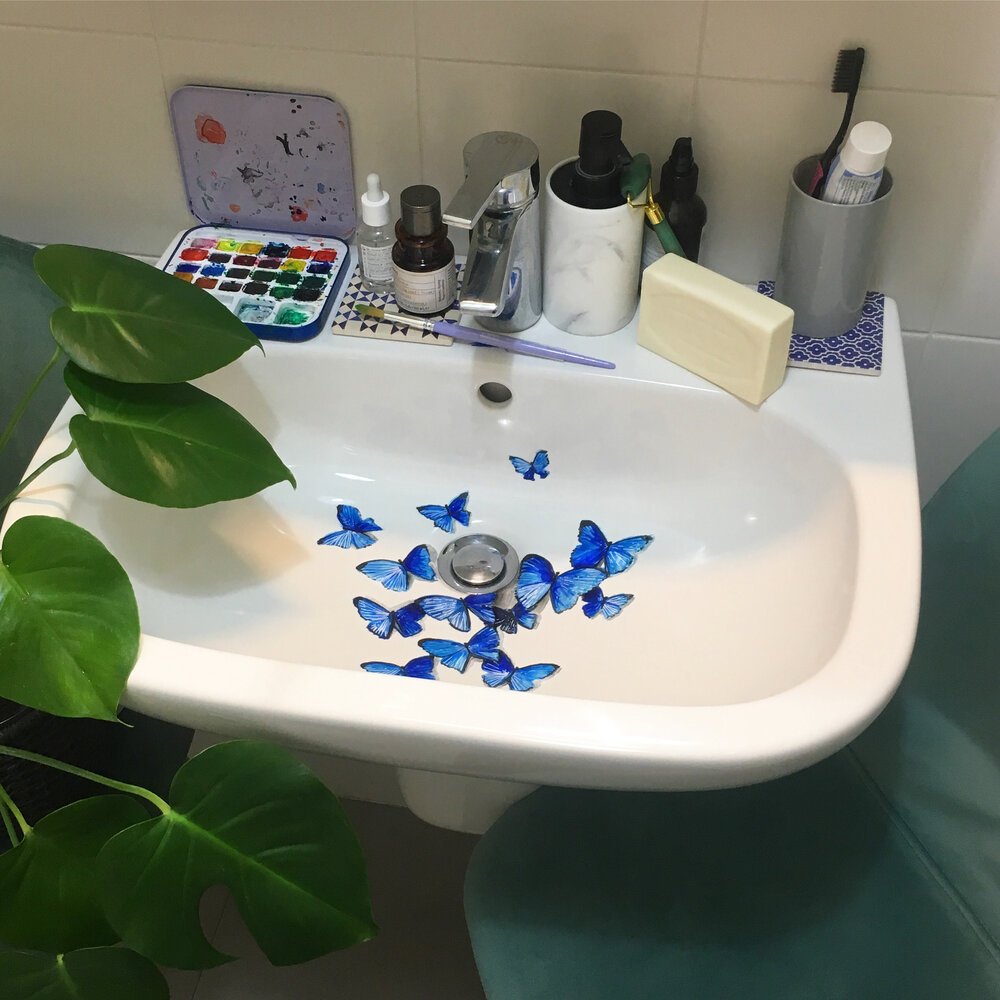There’s an old Hollywood term for an actor with many talents:
A performer who excels in acting, singing, and dancing is commonly referred to as a triple threat.[2] Well-known examples of historical triple threat artists include Gene Kelly, Fred Astaire, Judy Garland, and Sammy Davis Jr.[2] (wikipedia)
In the first-ever artist interview on Culture Pledge, it is our great pleasure to introduce you to Connie Digital, an artist triple threat for the digital age. His work is a journey into The Metaverse, a convergence of music, visual art, VR, and crypto.

“Don’t Be Afraid,” the crypto artist’s latest release, had over $1,200 (4 ETH) in pre-launch pre-orders transacted via the Ethereum network.
The official release dropped today!
Q & A with Connie Digital
Culture Pledge: You describe yourself as a “Web3 Content Creator.” Can you unpack that?
Connie Digital: Web3, while it’s still currently being built, is about the Internet that’s made possible by digital currency and decentralized networks such as Ethereum. When I call myself a “Web3 Content Creator” I’m saying that the content I produce is typically focused around different aspects of Web3. This content may come in the form of a blog post, social media posts, my newsletter, etc. Lately, my focus has been on NFTs, DeFi and decentralized virtual worlds like Decentraland and Cryptovoxels.
CP: How long have you been creating limited edition digital artwork? How were you inspired to start down that path?
CD: I’ve been creating limited edition digital artwork as NFTs for about 18 months now. I discovered NFTs in late 2017 with CryptoKitties and immediately wanted to learn everything about ERC721s. I was inspired to start tokenizing my creativity after studying what platforms like SuperRare and MakersPlace were doing.
Digital Art and NFTs
CP: You’re distributing your digital art using something called non-fungible tokens (NFTs). Can you describe this tech? How has it affected the work?
CD: NFTs are scarce, cryptographic tokens. These tokens represent unique items on a blockchain that are not mutually interchangeable. A physical example of a non-fungible asset which is easy to understand is a plane ticket. Each ticket has a unique passenger name, destination, seat number and departure time. The same is true of an NFT. Each token is different and has its own unique attributes.
Tokenizing digital art as an NFT not only allows someone to turn their creation into a scarce, unique item that is collectible and tradeable across a blockchain, but it also enables them to prove authenticity and track ownership. This enables artists to sell their work to a global audience of collectors in a simple and direct way.
CP: Your upcoming release “Don’t Be Afraid” seems to be a combination of music, visual art, and a VR experience. How do you describe it?
CD: Yes! “Don’t Be Afraid” is the latest example in my continued exploration of tokenized art and music. For this release, I used the song to create an MP4 lyric video which is tokenized as a limited edition NFT. The song cover art is also tokenized as a limited edition NFT. Turning these creations into NFTs allows me to monetize my work beyond streaming services.
The VR component serves as a new type of listening experience; a more engaging experience. Visitors to my virtual studio inside Cryptovoxels can not only stream the song, but they can also learn the song backstory, collect the NFTs, and browse my artwork on display. The virtual studio will be refreshed with each new release.
Welcome to the Metaverse
CP: I see “Don’t Be Afraid” is in cryptovoxels. Is that part of the Metaverse? What is the Metaverse?!
CD: Yes. To me, the Metaverse is a collective of open, persistent, shared, virtual space which has its own virtual economy. Cryptovoxels is definitely a part of the Metaverse.

CP: What was your inspiration to take your work in this direction?
CD: I’ve been inspired by technology. Trying new things that have not been done before, experimenting with decentralized networks, and getting a feel for what’s currently possible with NFTs has led me to this point.
CP: What do you see as the next frontier(s) for Web3 creators and for artists in general?
CD: Hmm, that’s a good question. In general, there seems to be a trend emerging around creators leveraging their own Social Money (personal ERC20 tokens) to reward and further engage their audience. Additionally, fractionalizing content seems like another frontier. Dividing an NFT (for example) into thousands of shards (shares) that many people can buy and sell is quite fascinating. I also see great potential in culture markets like Zora or Foundation that enable dynamic pricing and the ability to redeem physical goods from digital tokens.
Crypto Art on the Rise
CD: The term “crypto art” is thrown around a lot despite its meaning being unclear. How do you define it?
CP: I believe the term “Crypto Art” originated from Jason Bailey of Artnome. Upon hearing this term many people may assume that “Crypto Art” is art depicting Bitcoins or the various public figures involved in the industry (i.e. Satoshi, Vitalik, etc.). Personally, I prefer the term “Tokenized Art” or “NFT Art.” I heard of a study where results showed that the term “crypto” can turn a lot of people off. Mainly because of the early mainstream narrative built around crypto being bad. I think this may actually be a barrier to the adoption of Web3 as a whole. Crypto sounds technical and a bit intimidating. Granted, “Tokenized Art” or “NFT art” can also sound technical, but I think they lend themselves better to this category of art.
CD: In the lyrics to “Don’t Be Afraid” you urge the embrace of decentralization. Why is that important for the world and for artists?
CP: Decentralized networks are important because they distribute power away from central, authoritative groups. Over the last 15 years we’ve increasingly given our data, power and control over to major tech companies. Take YouTube for example. If YouTube decides to censor you and take your videos down (for whatever reason they give), they can and they will. In this scenario, your freedom of speech has been compromised on this network. I’m sure similar things can happen on Facebook or Instagram if the authority so decides. In a decentralized future, this type of censorship would not be possible. Individuals would retain more rights over their data and their voice.
Afrofuturist
CD: You’ve written in the past on the 26-year history of the Afrofuturism aesthetic. We’d like to quote you here:

“From art to music to writings, Afrofuturism does not conform to a single medium. Rather, it seeks to celebrate black culture far from the usual depiction of pain, suffering, and retelling of stories about slavery.”
In our opinion, you are a quintessential embodiment of the Afrofuturist. Where do you see the art movement going next?
CD: Thank you. I think we are at a pivotal moment in time. The events of 2020 have provided everyone with the time to journey inward and reflect on life, while also creating a climate where we are witnessing large societal changes in real-time. It has also allowed the sickness in our culture to bubble to the surface for all to see. I’m optimistic that the Afrofuturism movement will see new life and renewed energy as we look to champion positive and constructive stories and images in our community. I think Kanye West’s Presidential bid is one example of us reimagining what’s possible. It’s a sign of a future where we are empowered to be and do more.
Crowd Dynamics
CP: Culture Pledge is working on a crowdfunding platform for artists by artists. Would you consider leveraging crowdfunding to enable your creations?
CD: I would absolutely consider leveraging crowdfunding. I think there’s a unique bond that develops between a creator and their crowdfund supporters that is deeply special. I’ve always wanted to deliver a studio album complete with dope videos and artwork. Leveraging crowdfunding to bring this to fruition would be a great story.
CP: How would you feel about providing a share of potential future profits (eg. from digital music streaming, NFT sales, etc.) to your backers, similar to how tech startups function?
CD: If there were a simple interface and smart contract to seamlessly enable such a thing, I feel this would be a win-win-win for the artist, the backers and the fans.

Get more Connie Digital content including tokenized art, music and VR installations at https://danky.art/
And follow him on Twitter: https://twitter.com/ConnieDigital





